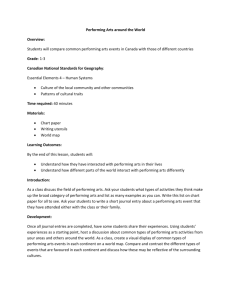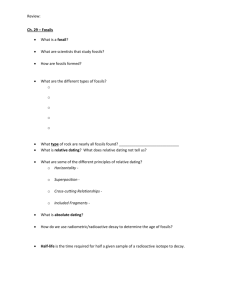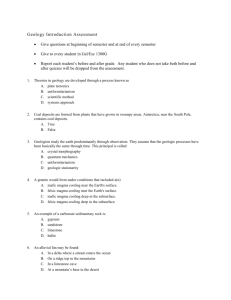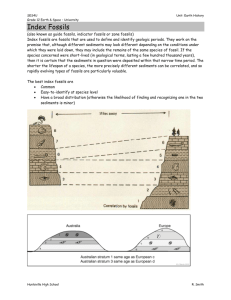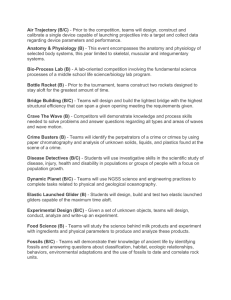Paleographic Mapping
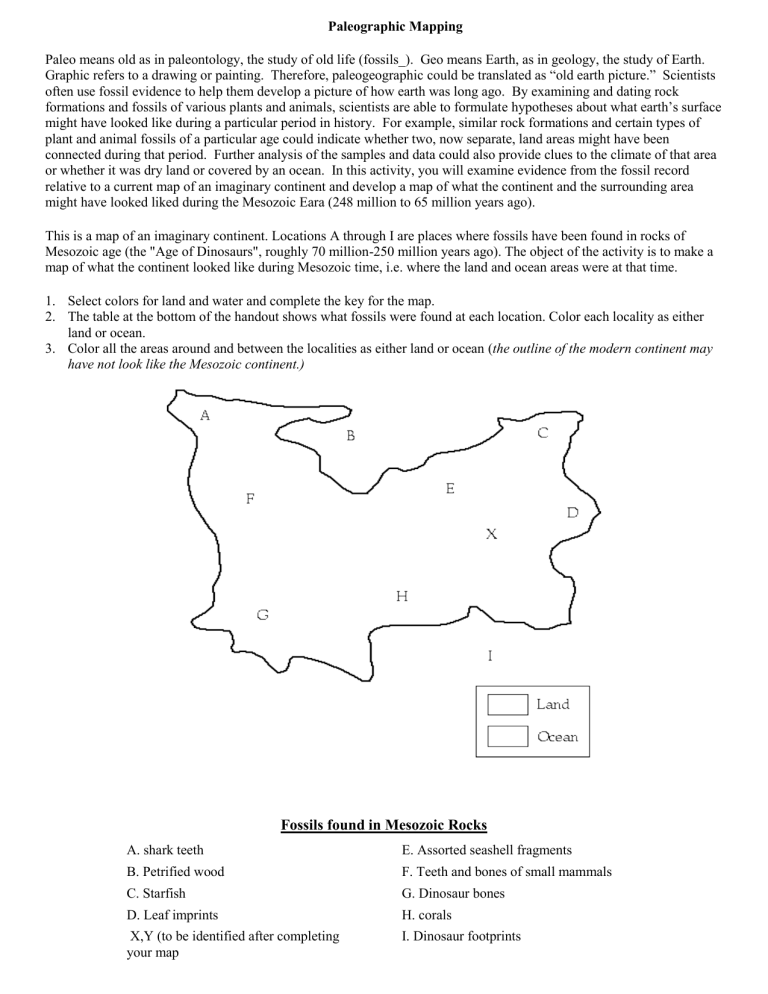
Paleographic Mapping
Paleo means old as in paleontology, the study of old life (fossils_). Geo means Earth, as in geology, the study of Earth.
Graphic refers to a drawing or painting. Therefore, paleogeographic could be translated as “old earth picture.” Scientists often use fossil evidence to help them develop a picture of how earth was long ago. By examining and dating rock formations and fossils of various plants and animals, scientists are able to formulate hypotheses about what earth’s surface might have looked like during a particular period in history. For example, similar rock formations and certain types of plant and animal fossils of a particular age could indicate whether two, now separate, land areas might have been connected during that period. Further analysis of the samples and data could also provide clues to the climate of that area or whether it was dry land or covered by an ocean. In this activity, you will examine evidence from the fossil record relative to a current map of an imaginary continent and develop a map of what the continent and the surrounding area might have looked liked during the Mesozoic Eara (248 million to 65 million years ago).
This is a map of an imaginary continent. Locations A through I are places where fossils have been found in rocks of
Mesozoic age (the "Age of Dinosaurs", roughly 70 million-250 million years ago). The object of the activity is to make a map of what the continent looked like during Mesozoic time, i.e. where the land and ocean areas were at that time.
1.
Select colors for land and water and complete the key for the map.
2.
The table at the bottom of the handout shows what fossils were found at each location. Color each locality as either land or ocean.
3.
Color all the areas around and between the localities as either land or ocean ( the outline of the modern continent may have not look like the Mesozoic continent.)
Fossils found in Mesozoic Rocks
A. shark teeth
B. Petrified wood
C. Starfish
D. Leaf imprints
X,Y (to be identified after completing your map
E. Assorted seashell fragments
F. Teeth and bones of small mammals
G. Dinosaur bones
H. corals
I. Dinosaur footprints
Paleographic Mapping
Paleo means old as in paleontology, the study of old life (fossils_). Geo means Earth, as in geology, the study of Earth.
Graphic refers to a drawing or painting. Therefore, paleogeographic could be translated as “old earth picture.” Scientists often use fossil evidence to help them develop a picture of how earth was long ago. By examining and dating rock formations and fossils of various plants and animals, scientists are able to formulate hypotheses about what earth’s surface might have looked like during a particular period in history. For example, similar rock formations and certain types of plant and animal fossils of a particular age could indicate whether two, now separate, land areas might have been connected during that period. Further analysis of the samples and data could also provide clues to the climate of that area or whether it was dry land or covered by an ocean. In this activity, you will examine evidence from the fossil record relative to a current map of an imaginary continent and develop a map of what the continent and the surrounding area might have looked liked during the Mesozoic Eara (248 million to 65 million years ago).
This is a map of an imaginary continent. Locations A through I are places where fossils have been found in rocks of
Mesozoic age (the "Age of Dinosaurs", roughly 70 million-250 million years ago). The object of the activity is to make a map of what the continent looked like during Mesozoic time, i.e. where the land and ocean areas were at that time.
4.
Select colors for land and water and complete the key for the map.
5.
The table at the bottom of the handout shows what fossils were found at each location. Color each locality as either land or ocean.
6.
Color all the areas around and between the localities as either land or ocean ( the outline of the modern continent may have not look like the Mesozoic continent.)
